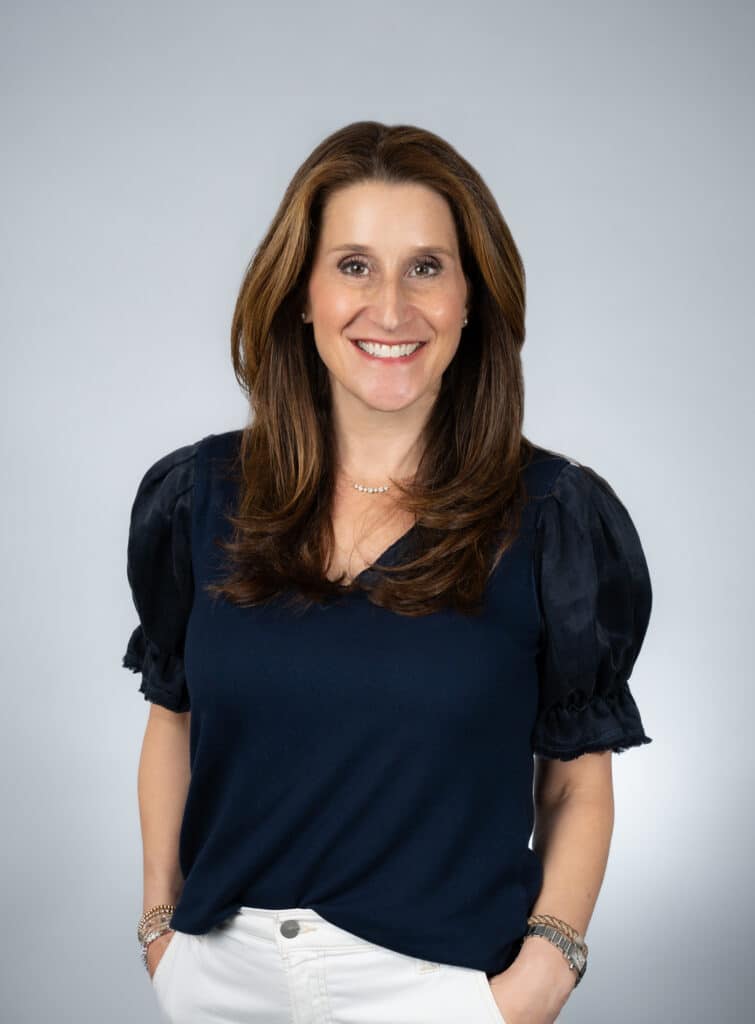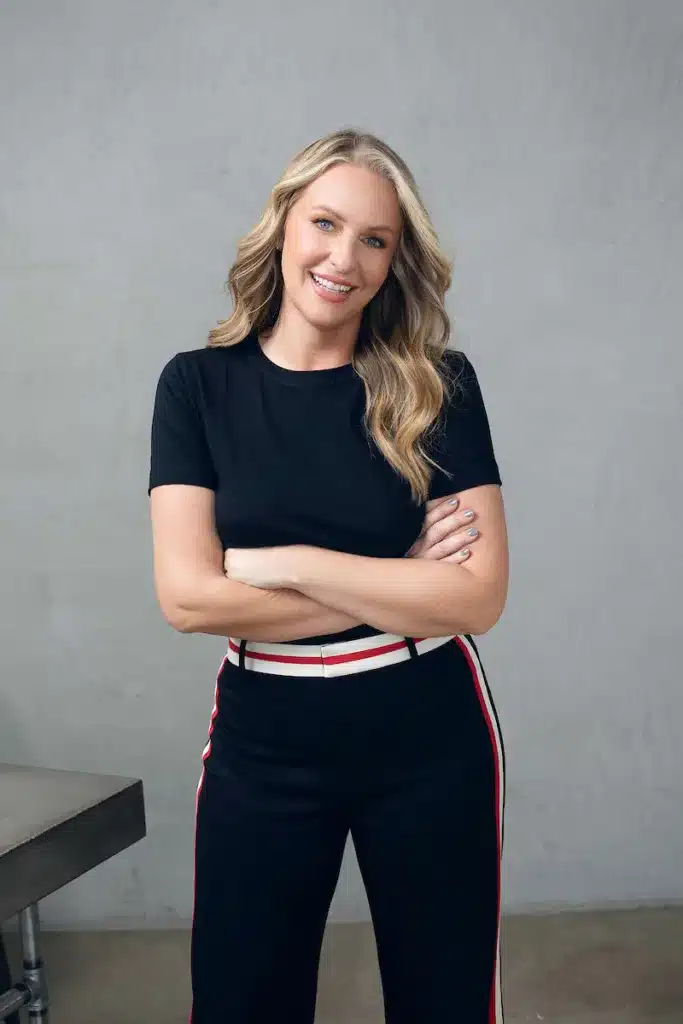Your company website is perhaps the first place many will turn to for research – which is why it’s imperative that this first impression is a pleasant one. Here are some important do’s and don’ts to keep in mind whether you’re in the process of building a company website or already have one up and running.
DO Champion Consistency
When it comes to designing a website, consistency is critical. This rule of consistency stands for two main reasons: navigation and branding. First of all, your site navigation is of the utmost importance – consumers will quickly turn away from a website when they can’t easily find what they’re looking for.
As for branding, keeping design, typefaces and layouts consistent will help you establish yourself as a brand – or remain recognizable if you’re already there.
DO Optimize Your Site for Mobile
Let us give you some UX mobile facts, courtesy of Andrew Kucheriavy of Intechnic.com:
- Mobile users are 5X more likely to abandon a task if the site isn’t optimized for mobile.
- 52% of users said a bad mobile experience made them less likely to engage with a company.
- 80% of users abandon a mobile site if they have a bad user experience.
Clearly, the functionality of the mobile design of your website of the utmost importance. Jenny Gove, a UX Research Lead at Google, offers the following sentiment to keep in mind: “Mobile users are very goal-oriented. They expect to be able to get what they need, immediately, and on their own terms.”
DO Pay Attention to the Small Details
The small details of your website add up quickly – and if there are too many discrepancies, there’s a good chance you’re losing consumers. Here are just a few examples of the small details to be aware of:
- Change the color of visited links – Users don’t want to visit the same page multiple times. If you want to keep a user on your website, change the color of the links they’ve already been to so they can explore pages they haven’t visited.
- Make your pages easy to read – Visual hierarchy matters, so be sure to have your pages designed in a way that allows users to digest your content quickly and with ease.
- Check for dead links and typos – Dead links and typos are simply unprofessional. Double-check for these errors. Then check one more time for good measure.
DO Listen to Feedback
One way to listen to feedback is to make sure you receive it. This means that you should have a contact page on your website and possibly include your contact information in the footer of each page. By the way, if you’re wondering what other pages and policies your website should have, check out this post.
Now, let’s dive into the don’ts
DON’T Expect Users to Wait
Let’s be honest, many users expect instant gratification, so when your website takes more than three seconds to load a graphic or video, you’re already off to a poor start. Once again, here are some hard-hitting facts from Intechnic.com:
- 47% of consumers expect a web page to load in two seconds or less.
- Slow-loading websites cost retailers more than $2B in lost sales each year.
- 53% of mobile site visits are abandoned if a page takes longer than three seconds to load.
We live in a society that has little patience for wait times – so loading time for websites is no different. Speed should always be a priority when building your website; otherwise, you’ll lose a lot of prospective clients.
DON’T Open Content to New Tabs
The back button exists for a reason – and most people are more than happy to click it. What most people are not more than happy to do is to have 15 different tabs open from the same website. So, be smart, and use that back button.
DON’T Sacrifice Usability
Never, and we mean never, sacrifice your website’s usability for beautiful, cool, clever, intricate design. Just ask Alexis, a designer here at The Partnership:
“Nothing is more frustrating than when a website is not organized in an understandable way. No matter the design, without a well laid-out menu and easily navigable pages, a website is unusable and won’t keep your audience.”
DON’T Annoy Your Users
You want to engage your users – not annoy them. Here are some common annoyances that you would be smart to avoid on your own website:
- Blinking text and/or ads – Not only can blinking text and ads trigger seizures in susceptible individuals, but it’s also tasteless, distracting, and, well, annoying. Just avoid it altogether.
- Ad overload – Speaking of ads, it’s totally OK to have some promotions on your website; however, when a page is completely covered, users can get distracted from your main content and will likely abandon your site in a short amount of time.
- Autoplay – Autoplay is tricky. While some people may welcome it, most do not. Users may log onto websites at work or in a place where the sound is disturbing to others. It’s best to allow your users to control whether or not they want to play a video.
Final Thoughts
Chances are, your competitors are just a click away – so your website must deliver what it promises quickly and with excellence in user experience design. When your website satisfies the needs of your users, you’re bound to ensure qualified conversions and a successful business.
Resources











